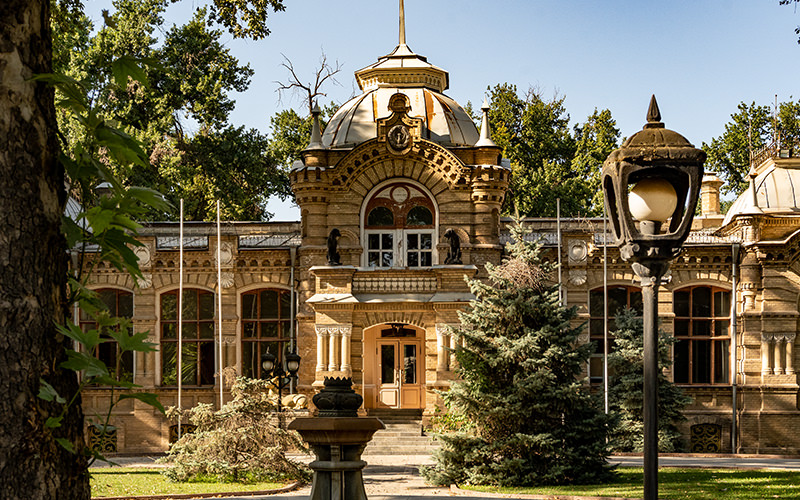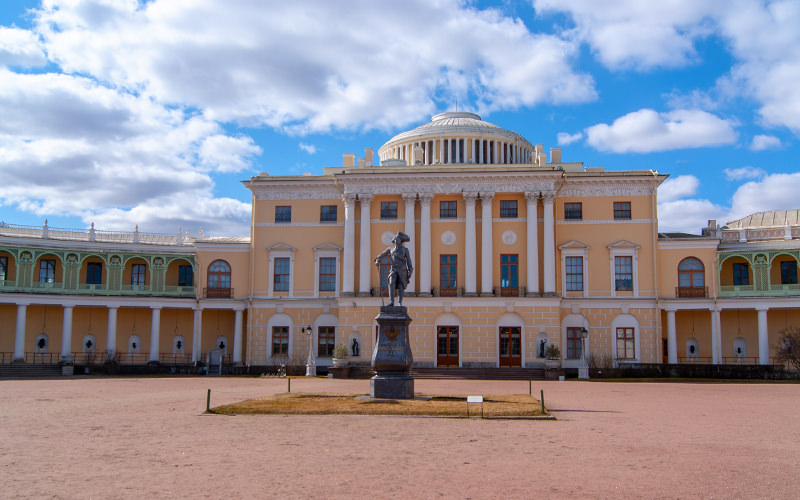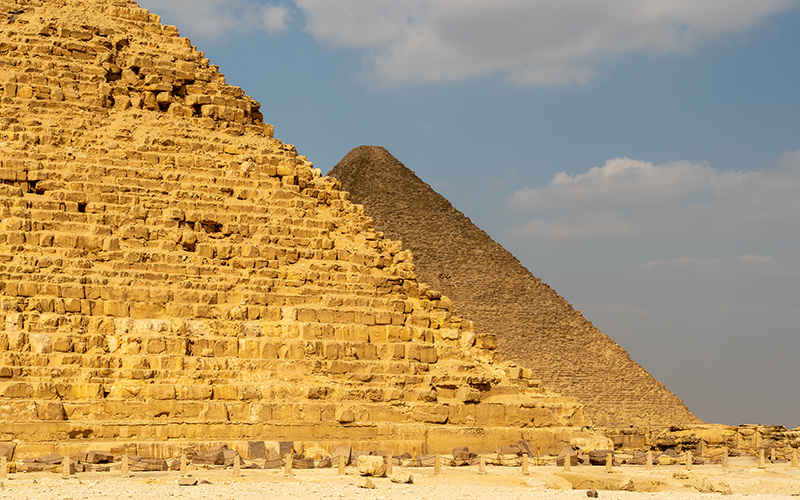A trip to India has been a long-held dream of mine. Since my school days, I’ve been fascinated by pictures of the Taj Mahal and intrigued by stories of the unique lifestyles of the locals. I started planning this trip six months ago and, during that time, I heard many different opinions from friends and acquaintances: some shared their interesting experiences traveling through Indian cities; others said they would never undertake such a trip or, if they had been there, claimed they would not return to the country. Today, I’ll share my experience discovering the extraordinary and vibrant India.
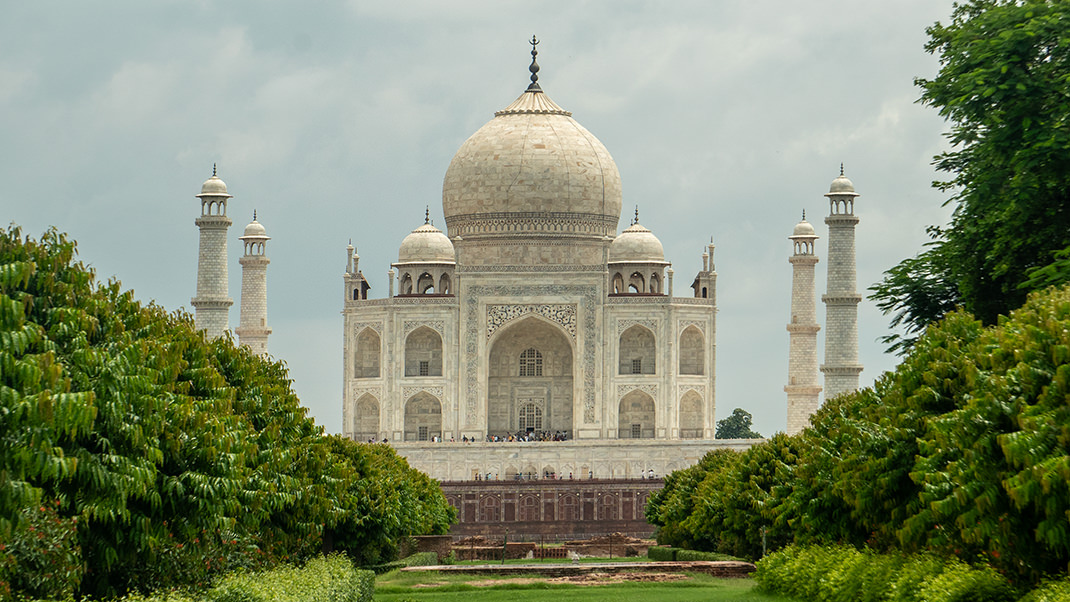
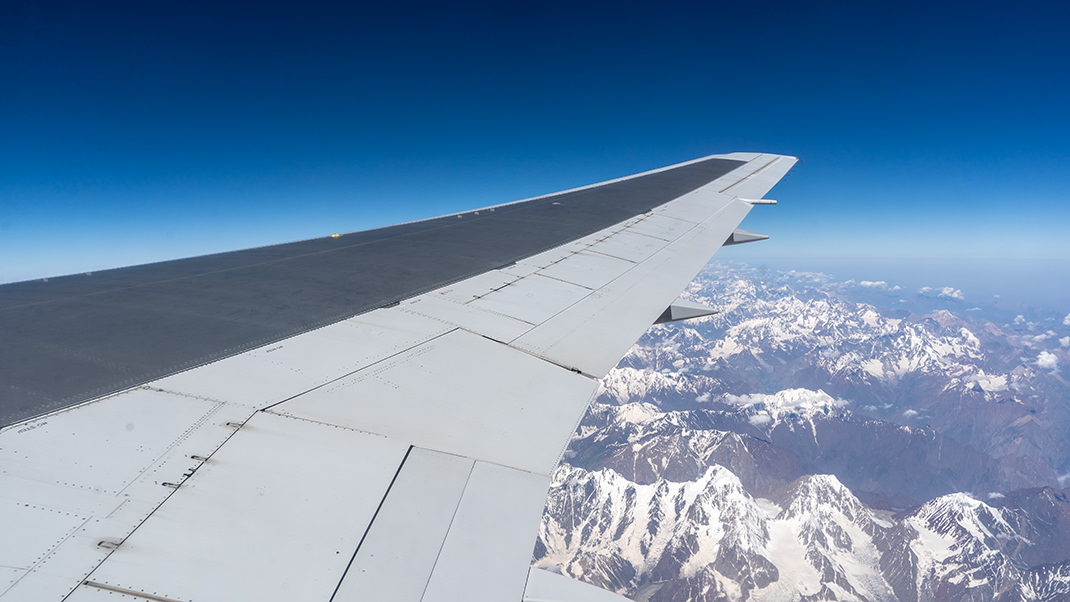
India: Trip Preparation
One of my main concerns before the trip was the internet reports about the terrible sanitary conditions in the country. I came across starkly opposing opinions on the necessity of vaccinations before traveling. Whether to get them or not is a personal choice. I can say that I expected the worst from this journey. Perhaps, the dirt and poverty on the streets of Indian cities did not unsettle me after trips to Cambodia, where children try to earn money by showing off large snakes, and locals travel across lakes in metal basins.
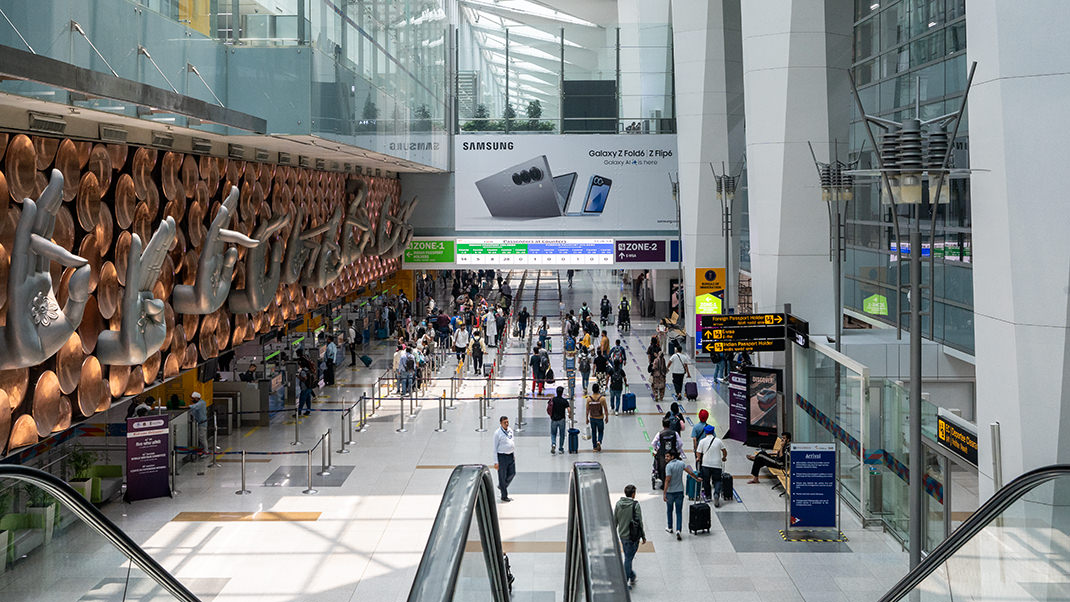
Delhi Airport and Metro to Central Delhi
The first city on my Golden Triangle route was Delhi. We arrived here by plane from Tashkent. Subsequently, we had train journeys to Jaipur and Agra, with a return to Delhi.
You can reach the city center from the airport by metro. After exiting the terminal, follow the signs for Metro. There are stands at the ticket office with information that tickets can be purchased via WhatsApp. I couldn't manage to do this; you probably need an Indian phone number. In the end, we paid for the ride in cash. The train made several stops on the way. The final stop is New Delhi.
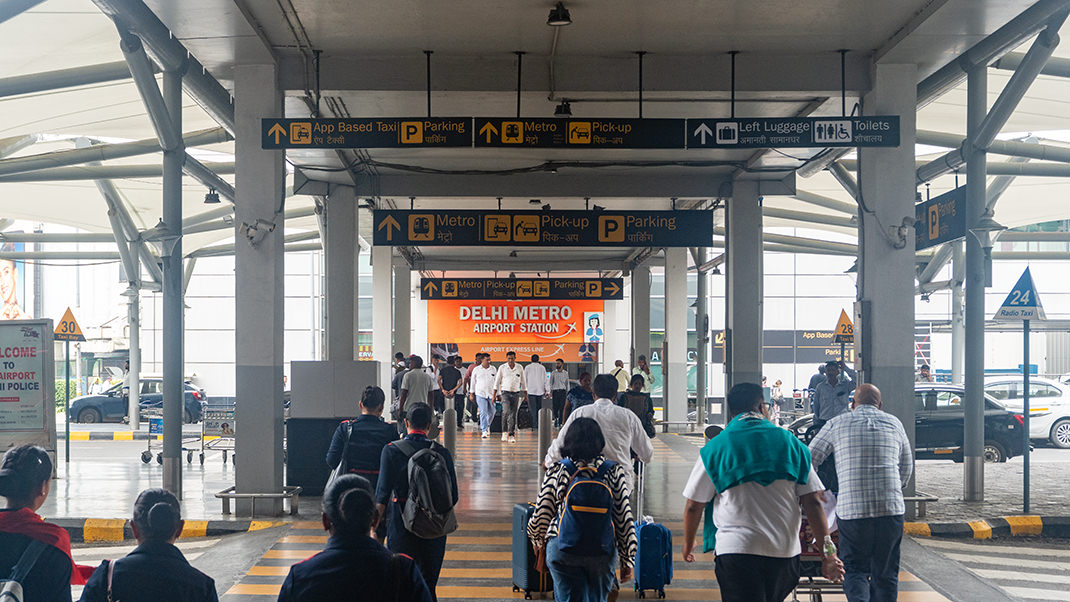
Before arriving, immigration cards are distributed on the plane, which need to be filled out before crossing the border. There’s nothing complicated about this process, but we didn’t have a pen—it's best to bring one with you.
Delhi Airport has terminals with vouchers for free Wi-Fi. To get the access code, you need to scan your passport at a special reader.
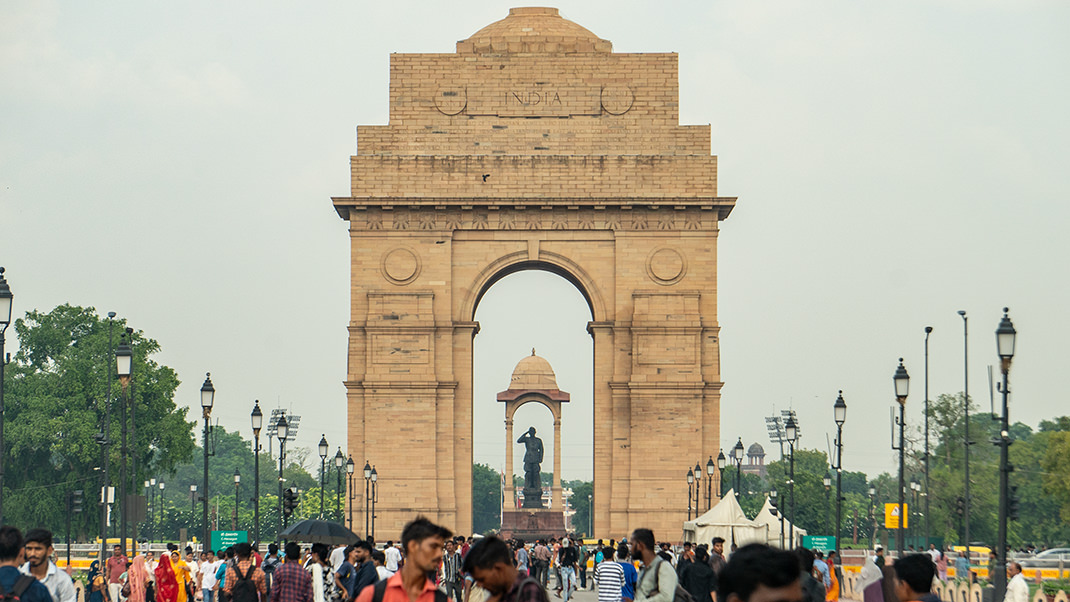
Money and Connectivity
I didn’t buy a local SIM card; instead, I bought an internet package from my operator.
One peculiarity with card payments is that some establishments have terminals that do not accept international cards—only Indian ones.
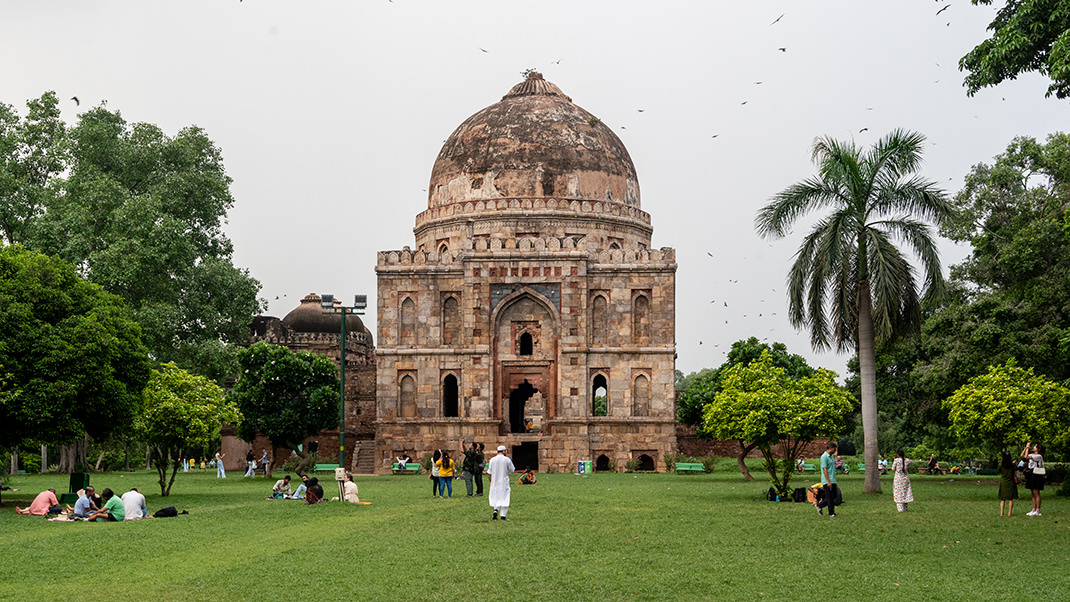
The country’s currency is the Indian Rupee. As of summer 2024, the exchange rate is: 1 Rupee = 0.012 $. All ATMs I encountered had an English interface.
Metro and Taxis
Delhi has an extensive metro network, with many attractions located near metro station exits. We bought transport cards for the city, each costing 50 Rupees. The QR code on the card is scanned at the start and end of the journey, so you can’t use one card for two people.
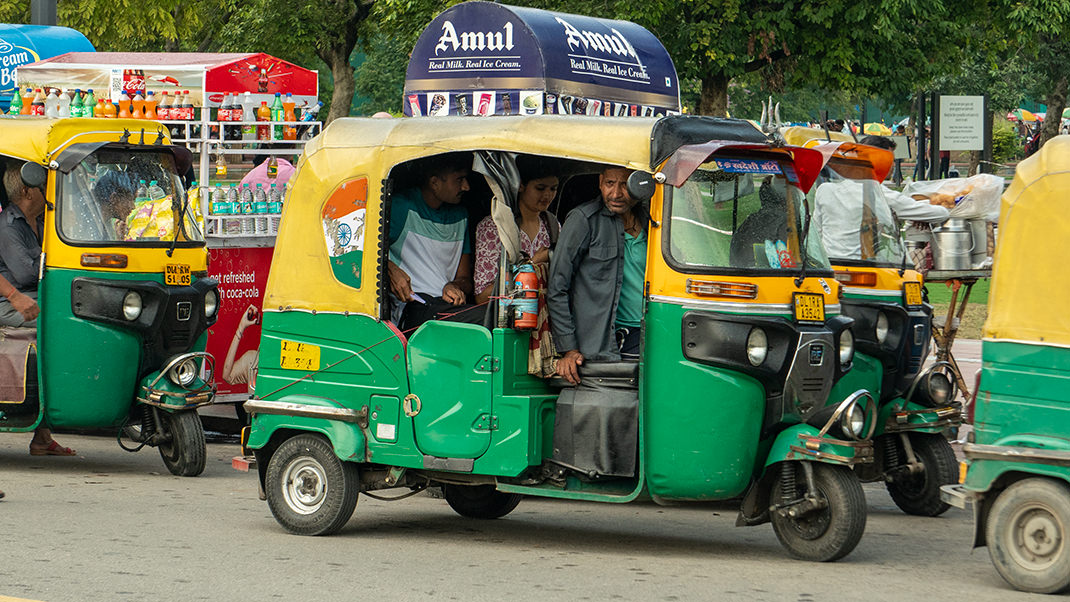
The fare is determined based on the distance traveled. I didn’t pay much attention to the exact amounts, but it felt like traveling in India was quite inexpensive. Different cities in the country have different transport cards.
In Delhi, the first metro car is reserved for women. I’ve heard that this rule is often violated in other countries. I didn’t check the situation in India.
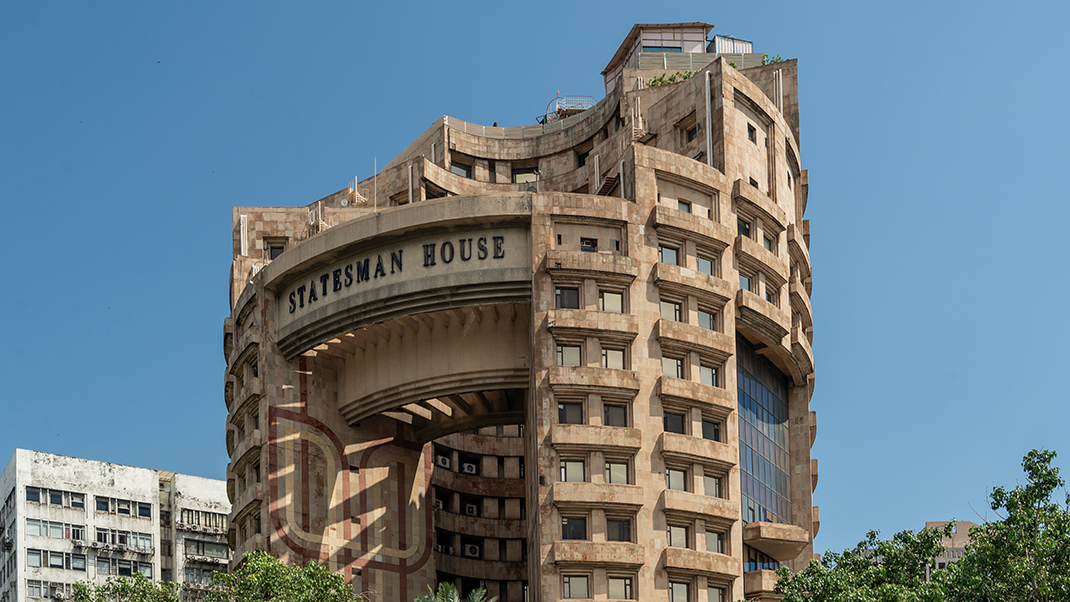
Uber operates in Indian cities. Rides can be paid for in cash or with international bank cards. The app offers several fare options: from tuk-tuks to cars with air conditioning. The cost of rides is low. In Agra, we stayed 14 kilometers from the city center, and the cost of the ride from the center to the hotel was no more than 300 Rupees.
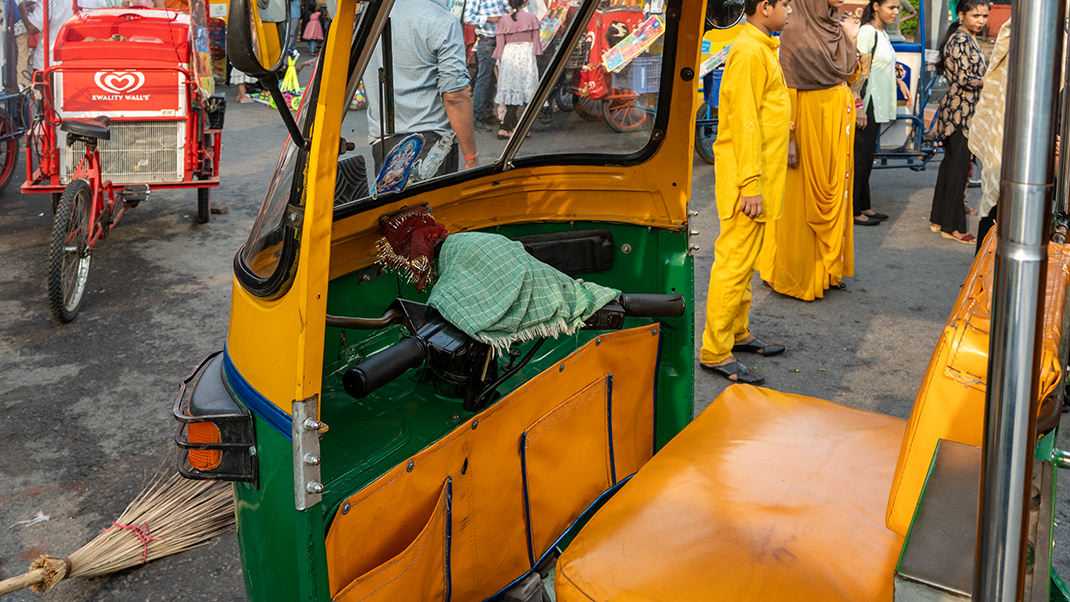
Before starting a ride in Uber, passengers need to provide the driver with the PIN code from the app. For intercity rides, the PIN is also required at the final destination.
Indian Trains
Traveling by Indian train is a fear for many tourists, with many having seen photos of people traveling on train roofs. During our train journeys, I didn’t encounter such scenes. Yes, each train had second-class cars with grilles on the windows instead of glass and people in open compartments, but no one climbed onto the train cars.
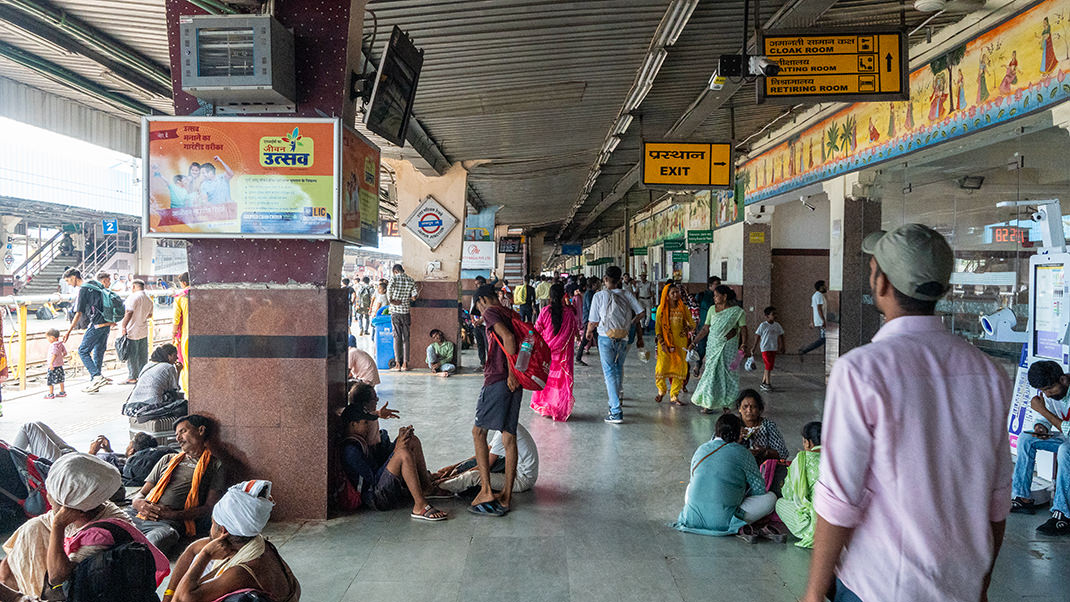
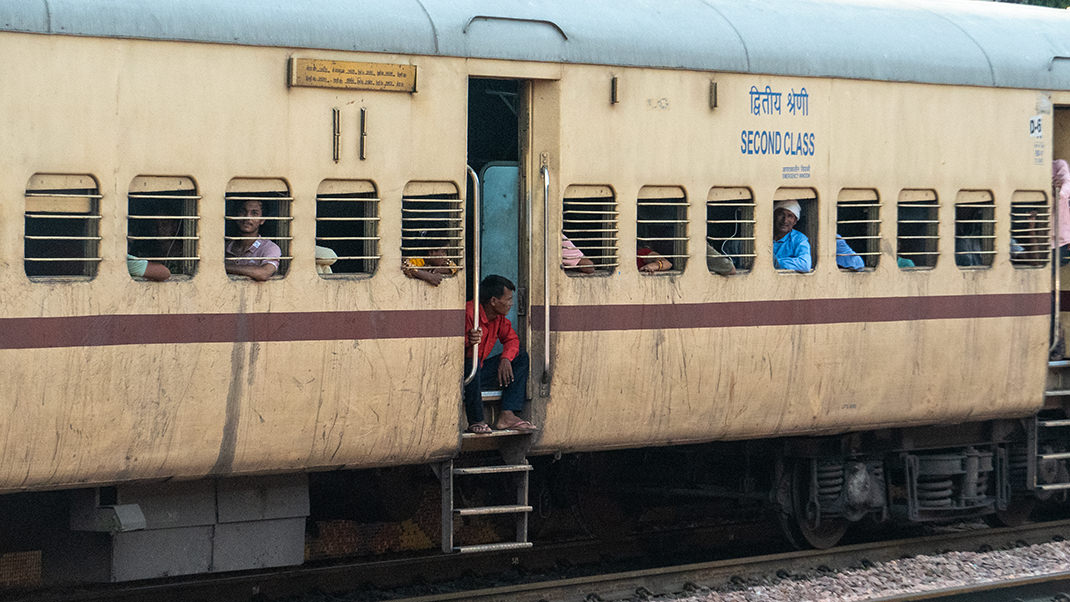
We had three train journeys: from Delhi to Jaipur, from Jaipur to Agra, and from Agra back to Delhi. The cost of tickets for two people was $27.19, $10.08, and $22.90 respectively. The second price difference is due to the class of the carriages.
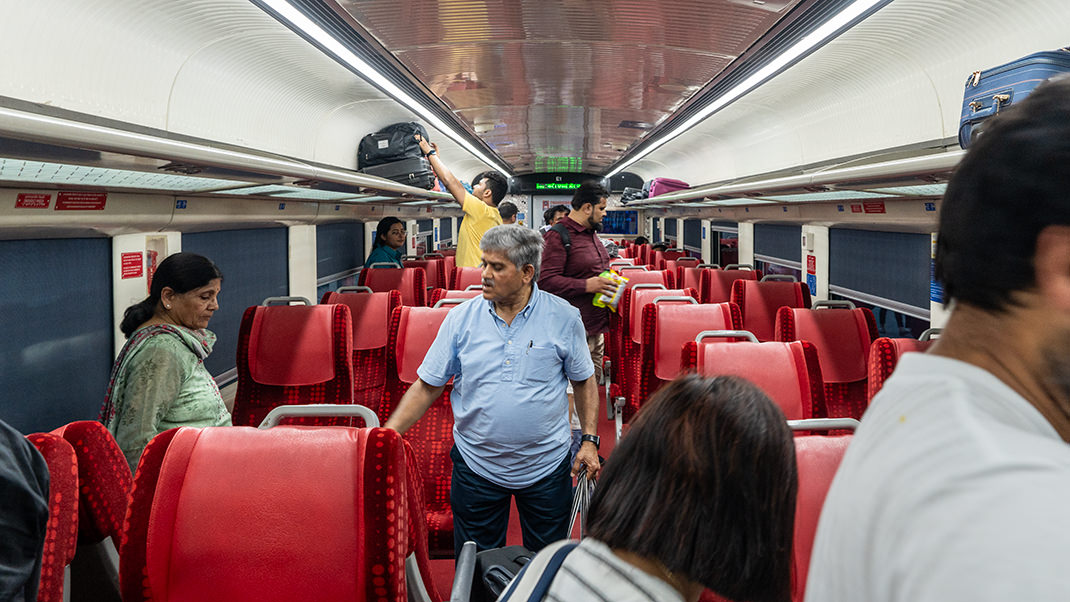
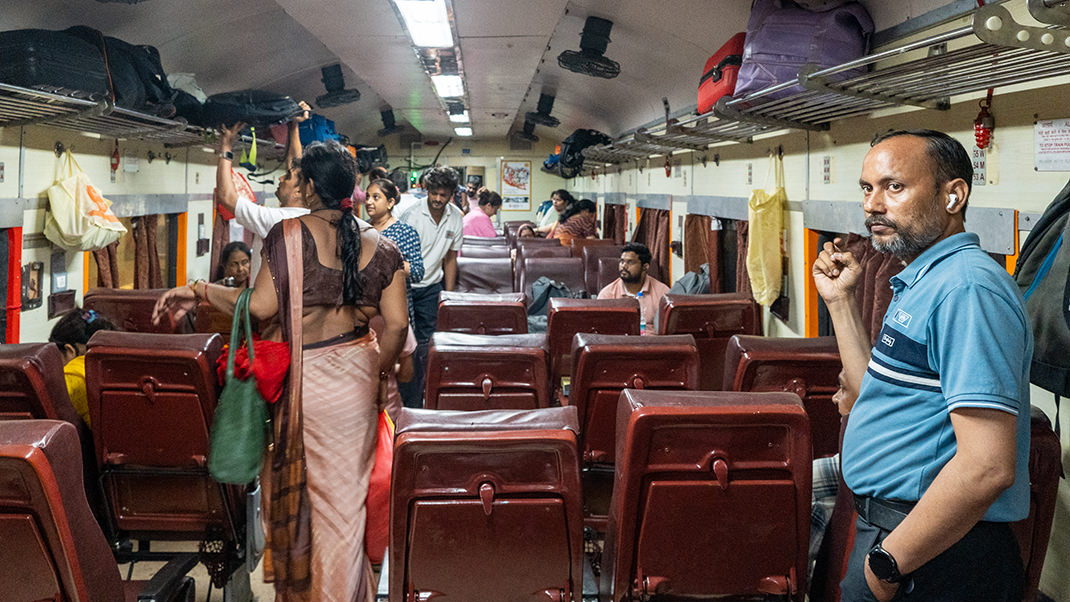
In Jaipur and back to Delhi, we traveled in EC (Executive Class) carriages. The trips were quite comfortable: we were continuously fed on the way, and in the train to Jaipur, the seats could rotate around their axis, allowing a 180-degree turn or facing the windows. To Agra, we traveled in a Chair Car (CC) carriage with air conditioning, which had regular seating.
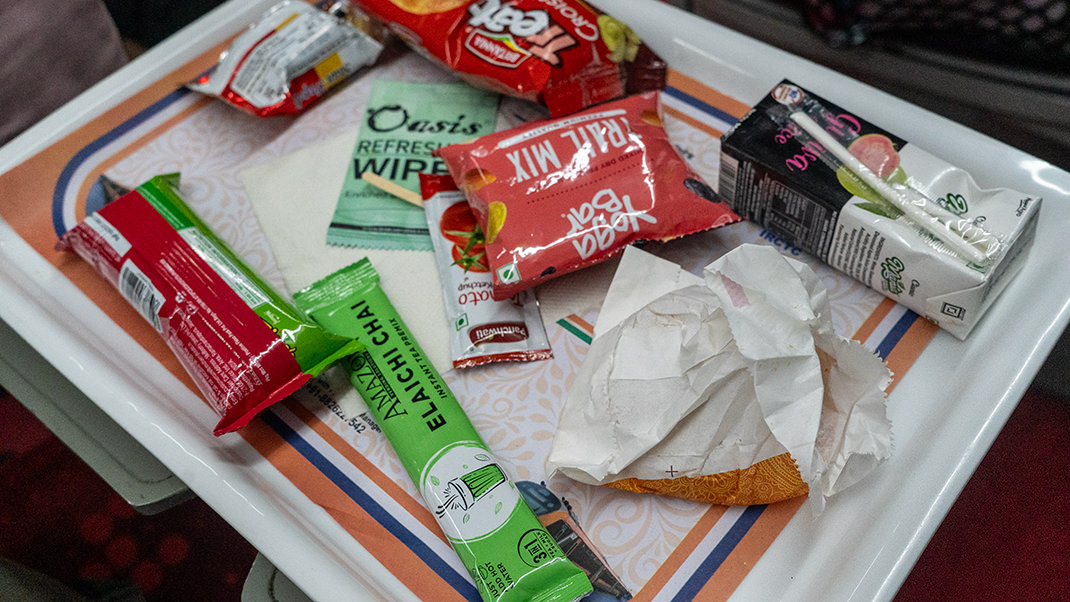
Travel blogs often mention that Indian trains are frequently delayed. In our case, one train was delayed by 30 minutes, and another arrived 25 minutes early, so I recommend arriving at the station in advance.
Indian Food
I hadn’t encountered Indian food before the trip. I’d heard that many people get tired of the monotony and spiciness of local dishes. Be prepared that such food may not suit your taste.
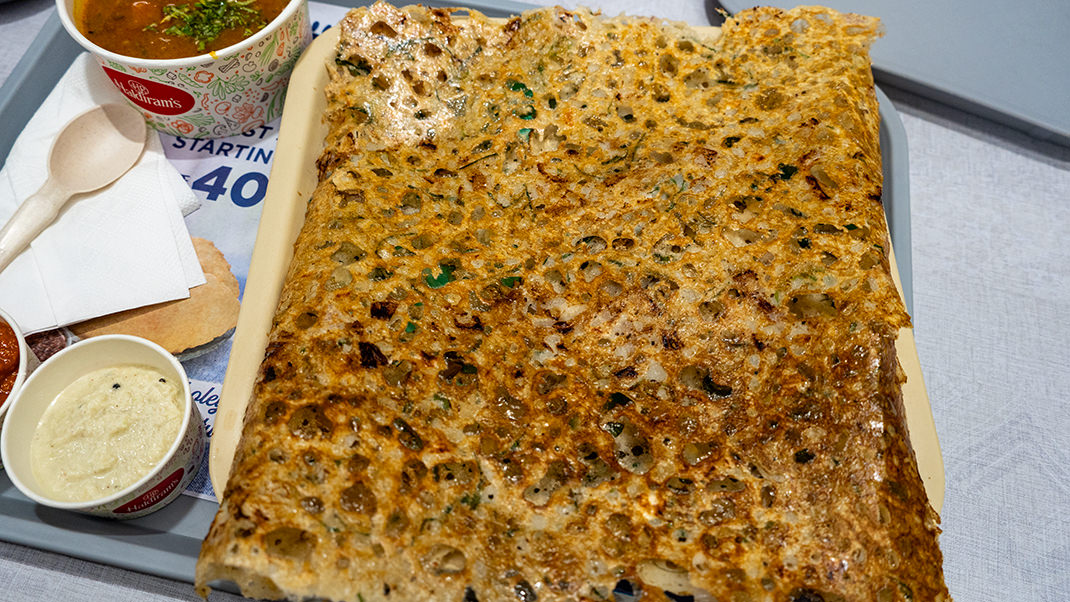
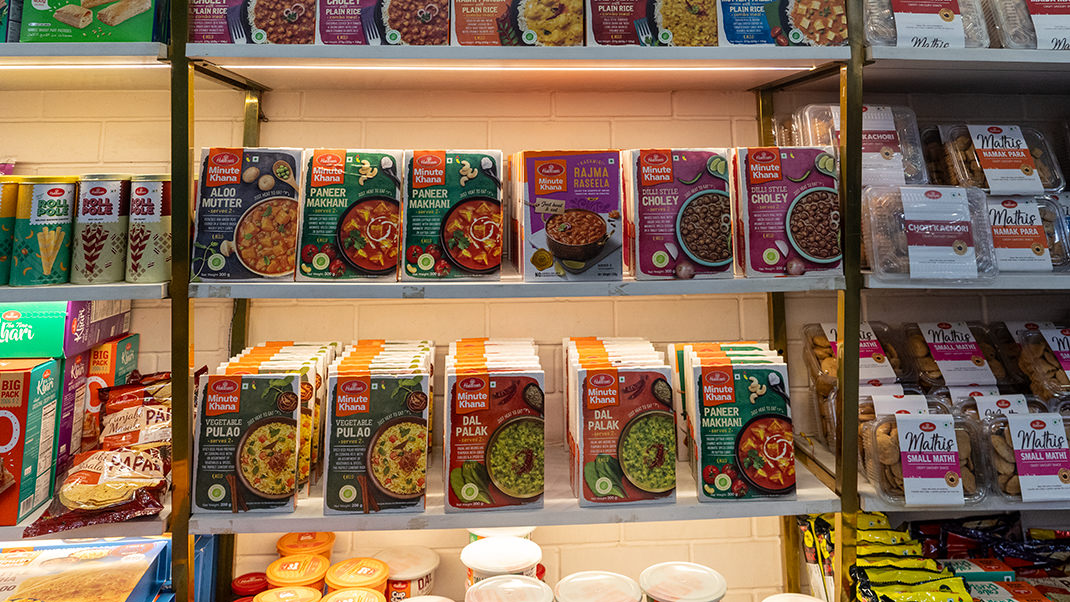
We had breakfast at hotels and visited various eateries. In Delhi, I can recommend cafes Bikanervala and Haldiram’s, which offer a wide selection of dishes, though ordering was often done on a whim. If you like the name, you order it. For those who don’t want to drastically change their diet, there are McDonald’s and KFC. However, you might still encounter spicy burgers there.
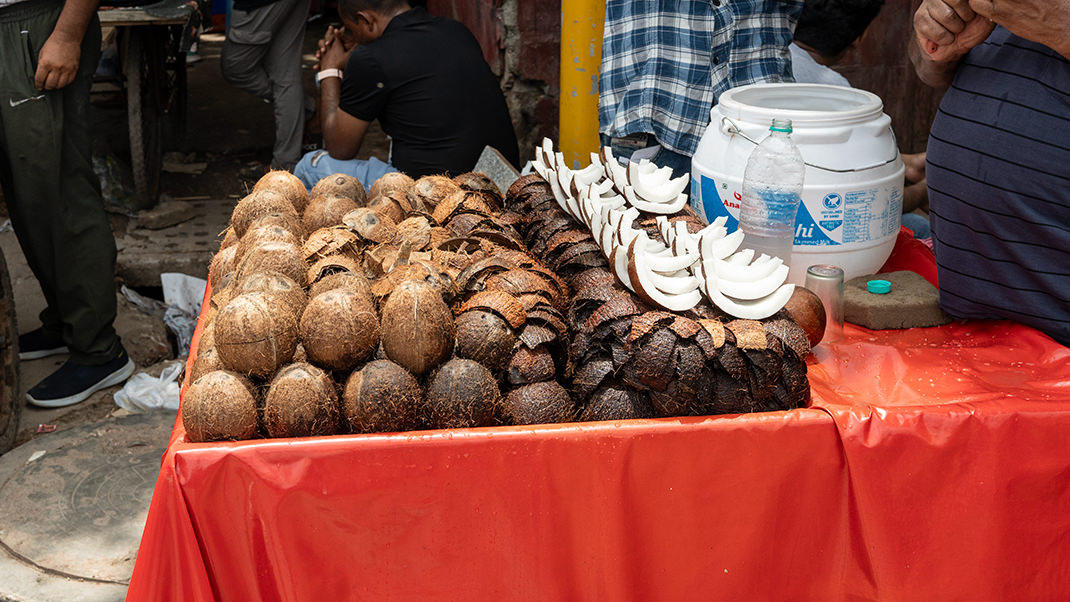
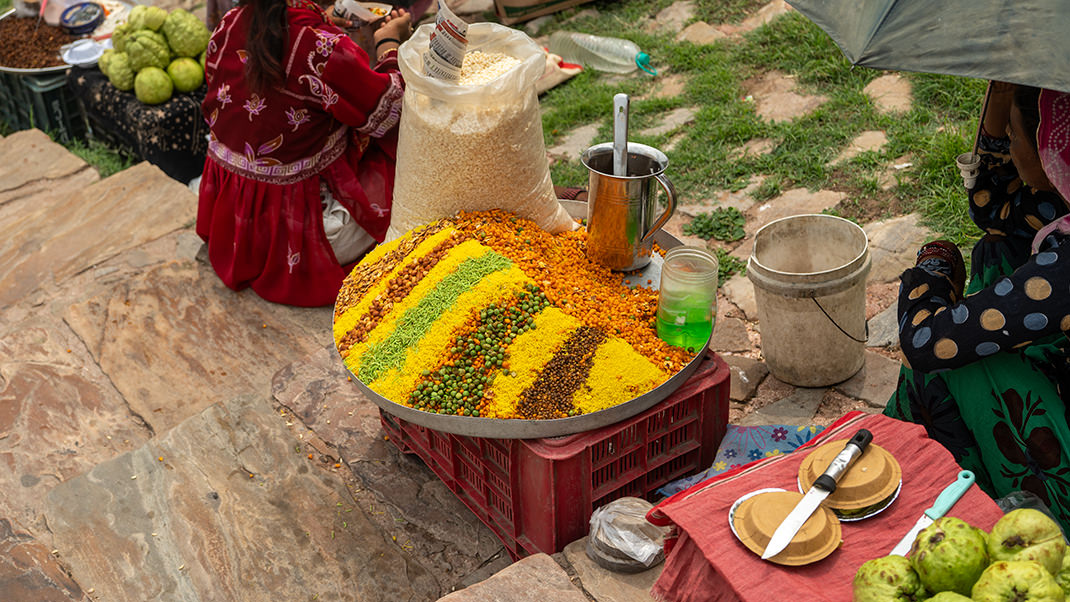
During the entire trip across India, I didn’t come across any small food stores. Once, I saw a sizable store with clothes and a section for groceries, but most of the trading spots are kiosks with water, drinks, and snacks. Most likely, locals know where to buy groceries; we just didn’t spend enough time in India to learn all the local tips.
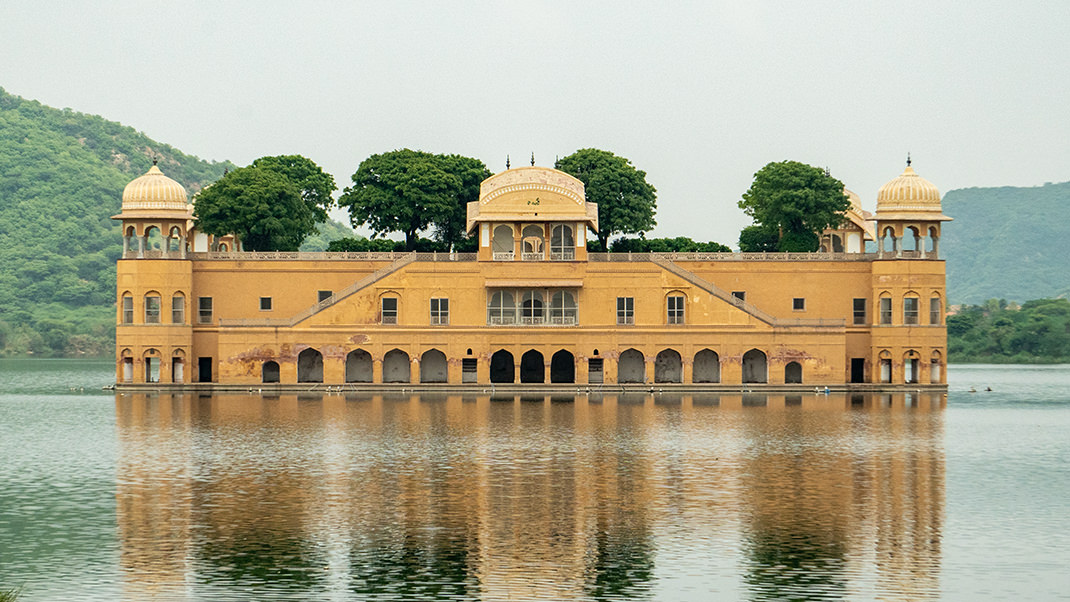
Local People
The environment in India can be extremely overwhelming for an unprepared tourist: constant movement and noise on the streets, lots of people, some of whom will try to ask you for money or simply chat. You can encounter monkeys in various places; locals warn that it’s better not to approach them.
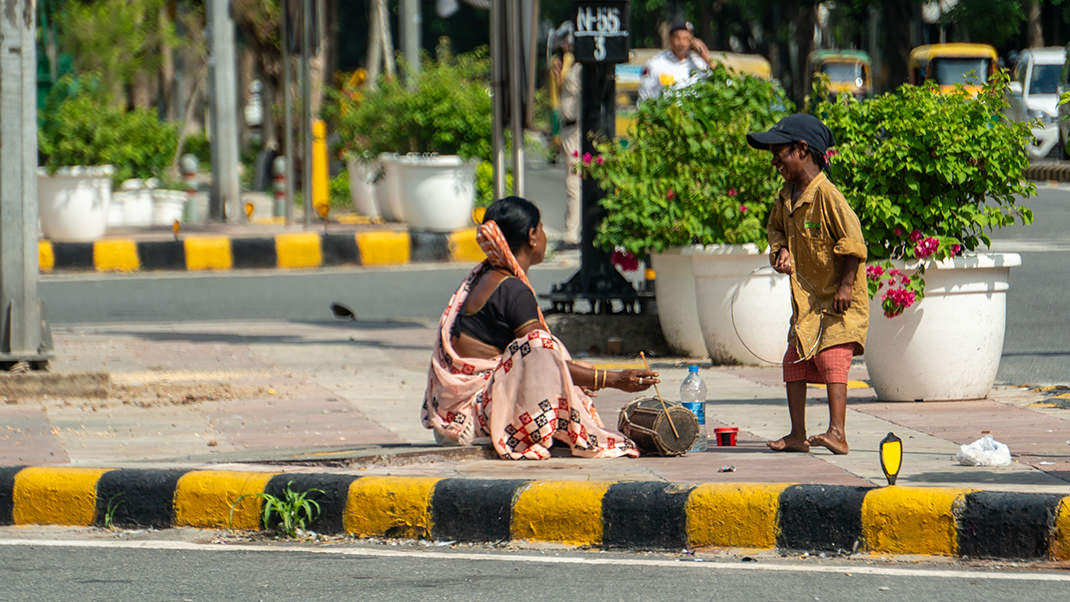
Every day, several times, locals from different cities approached us to take photos together. I declined some requests but took photos with others.
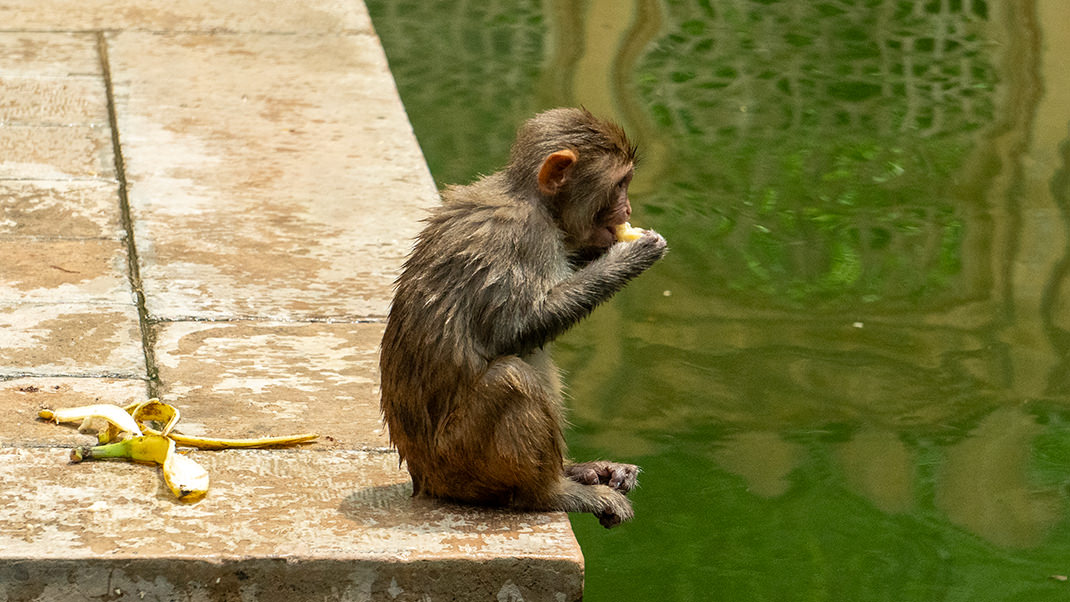
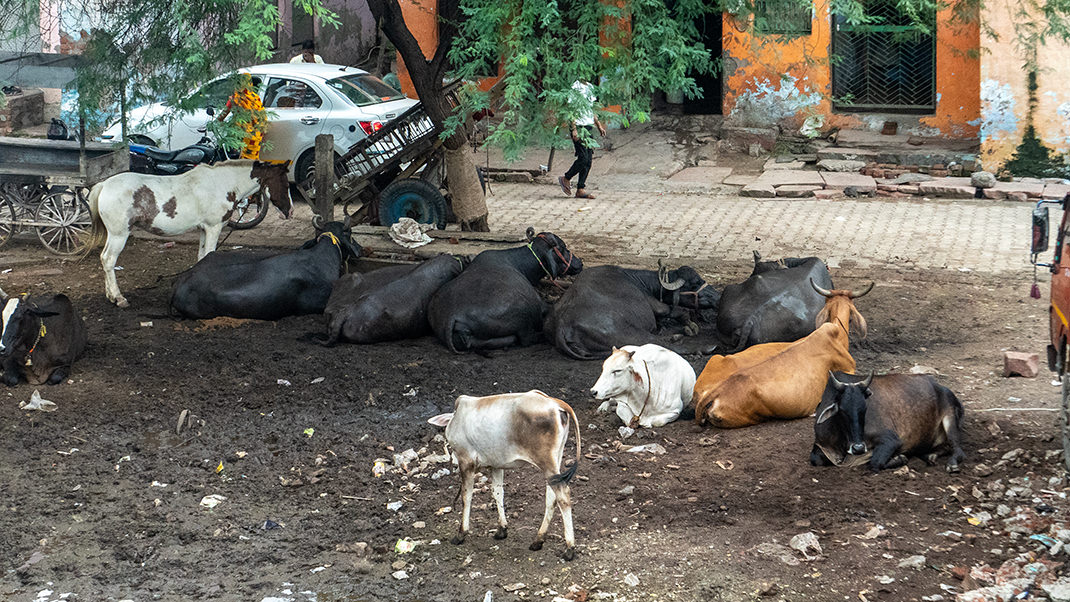
Most locals will try to find out where you are from, how many times you’ve been to India, where you have been, and what you have seen. Indians speak good English: many have a large vocabulary, though due to pronunciation differences, it’s not always easy to understand them.
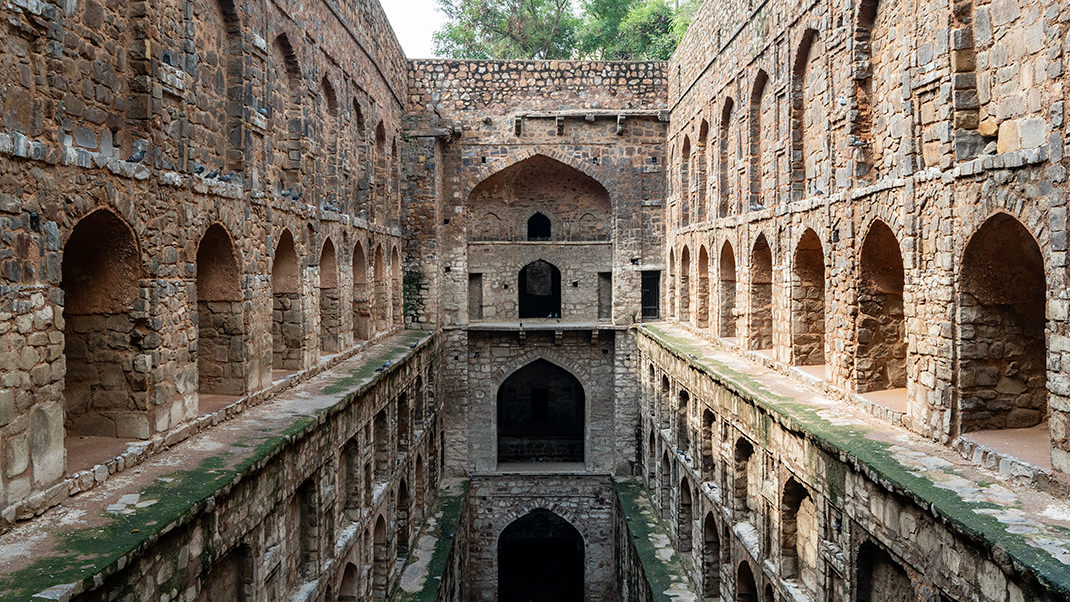
Local people are very friendly; everyone I approached tried to help with directions or advice.
Golden Triangle Attractions
It’s hard to list all the interesting places in India’s Golden Triangle, so I’ll just list the places I managed to visit. I will write more detailed posts about each of them later.
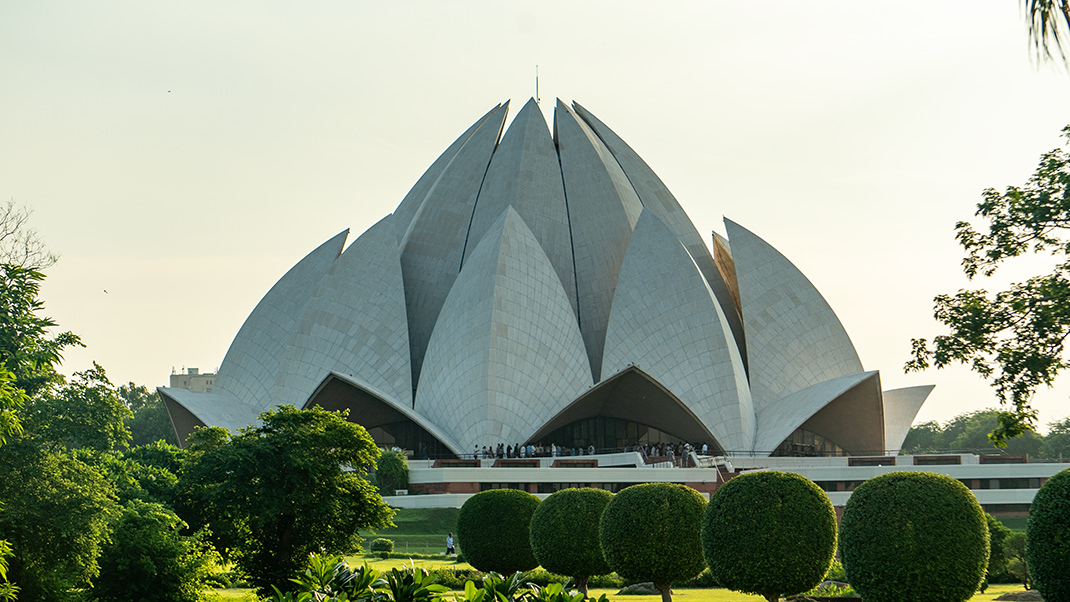
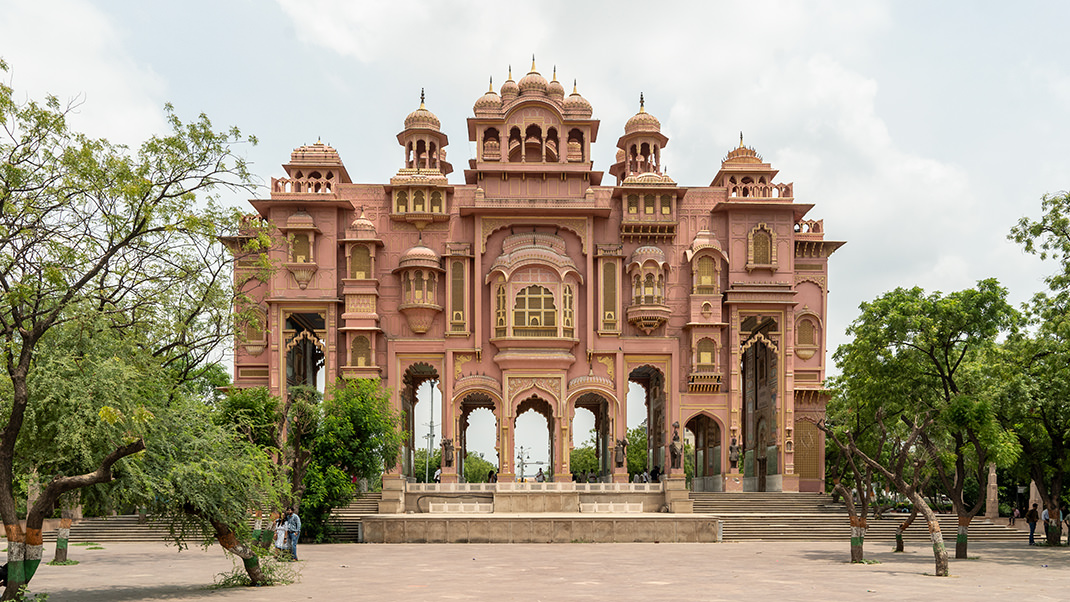
Delhi: India Gate, Lodi Gardens, Jama Masjid, Agrasen Ki Baoli, Lotus Temple, Humayun’s Tomb, Railway Museum.
Jaipur: Hawa Mahal, Amber Fort, Jal Mahal, Patrika Gate, Galta Temple Complex.
Agra: Taj Mahal, Agra Fort, Chini ka Rauza, Itmad-ud-Daula, Mehtab Bagh.
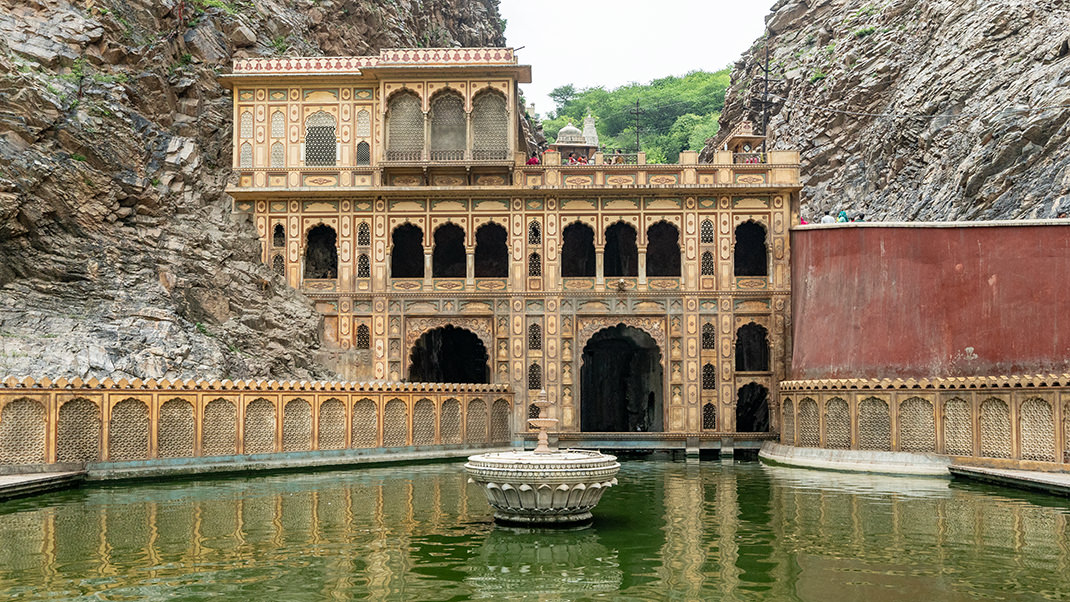
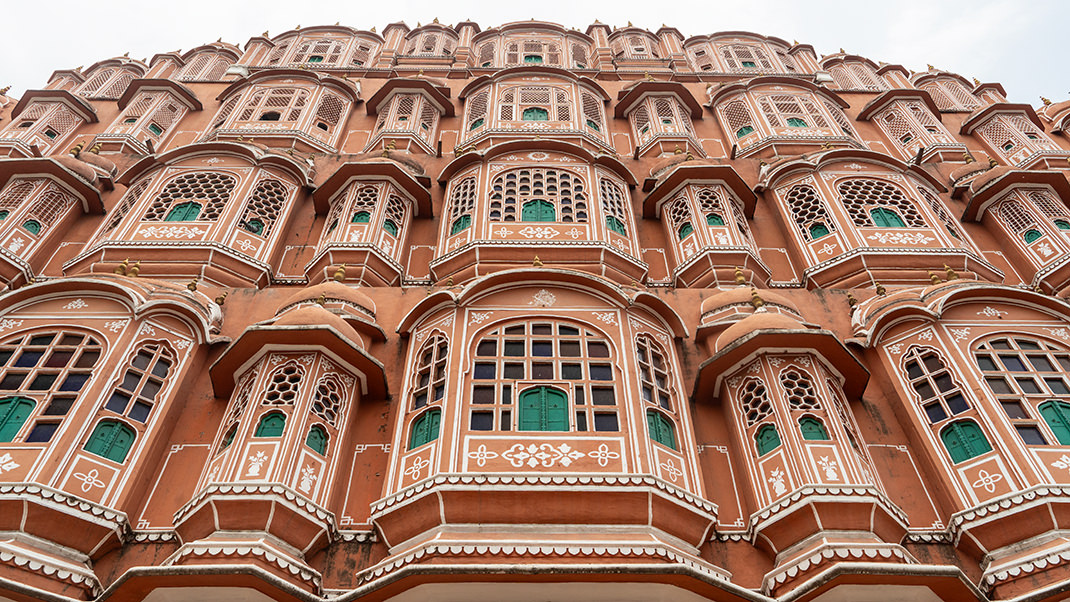
I didn’t manage to visit all the places I had planned. For example, the Red Fort in Delhi was closed for visits, and I didn’t have time to reach Qutub Minar.
Golden Triangle of India: 9-Day Trip Budget for Two (July 2024):
- Visa Processing: $80;
- Flights from Tashkent and back: $668;
- Hotels in Delhi, Jaipur, Agra: $497;
- Taxi and metro rides: around $71;
- Intercity trains: $60;
- Food: around $250;
- Attractions: around $90;
- Total: approximately $1,716.


